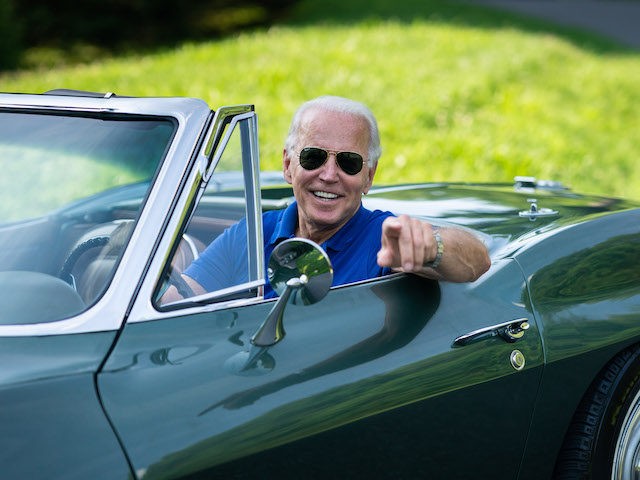The cost of driving in America is accelerating–and not just because gas prices are up 60 percent from last year.
The prices of new cars and trucks jumped a seasonally adjusted 1.4 percent in October and another 1.2 percent in November, data from the Department of Labor’s Consumer Price Index showed Friday. Compared with a year ago, prices are up 11.1 percent. That’s the fastest annual pace of inflation for vehicles since 1975.
In fact, there has not been a double-digit increase in vehicle inflation since the 1970s.
The Consumer Price Index rose 6.8 percent in November, the highest rate of inflation in nearly four decades. The cost of goods apart from food and energy rose 9.4 percent on an annual basis. The price of durable goods, those expected to last three years or longer, jumped 14.9 percent, the fastest pace on record going back to 1957.
Even the monthly gains are extraordinary. Prior to this year, vehicle prices had never risen by more than one percent for two consecutive months since the early 1980s. In fact, they only rose by more than one percent in a single month in 2009 when they saw a price jump after the Obama-era “cash for clunkers” program kicked off.
Used car prices are accelerating even more. The price index for used cars and trucks jumped 2.6 percent in November, bringing the annual increase to 31.4 percent. Apart from this summer, when inflation pushed prices up 45 percent year over year, this is the highest gain since 1975. Used car prices have now been showing year-over-year increases of more than 20 percent for seven months in a row, the longest-running bout of used car inflation ever recorded.
When used car prices jumped last spring, Federal Reserve chair Jerome Powell and Biden administration officials were quick to claim that price increases would be short-lived or even reverse in the months ahead. And when used car prices dipped in August, Powell was quick to declare victory.
“Used car prices, for example, appear to have stabilized; indeed, some price indicators are beginning to fall. If that continues, as many analysts predict, then used car prices will soon be pulling measured inflation down, as they did for much of the past decade,” Powell said in a speech in August at the Kansas City Fed’s annual monetary policy conference in Jackson Hole.
As it turned out, it was the respite from inflation was short-lived and the only stabilization that has occurred has been a steady rate of rising prices. Prices declined in August and September but then began climbing again. Even before seasonal adjustments, prices rose 2.5 percent in each of October and November (the seasonal adjustments push these up one-tenth of a point for each month).

COMMENTS
Please let us know if you're having issues with commenting.